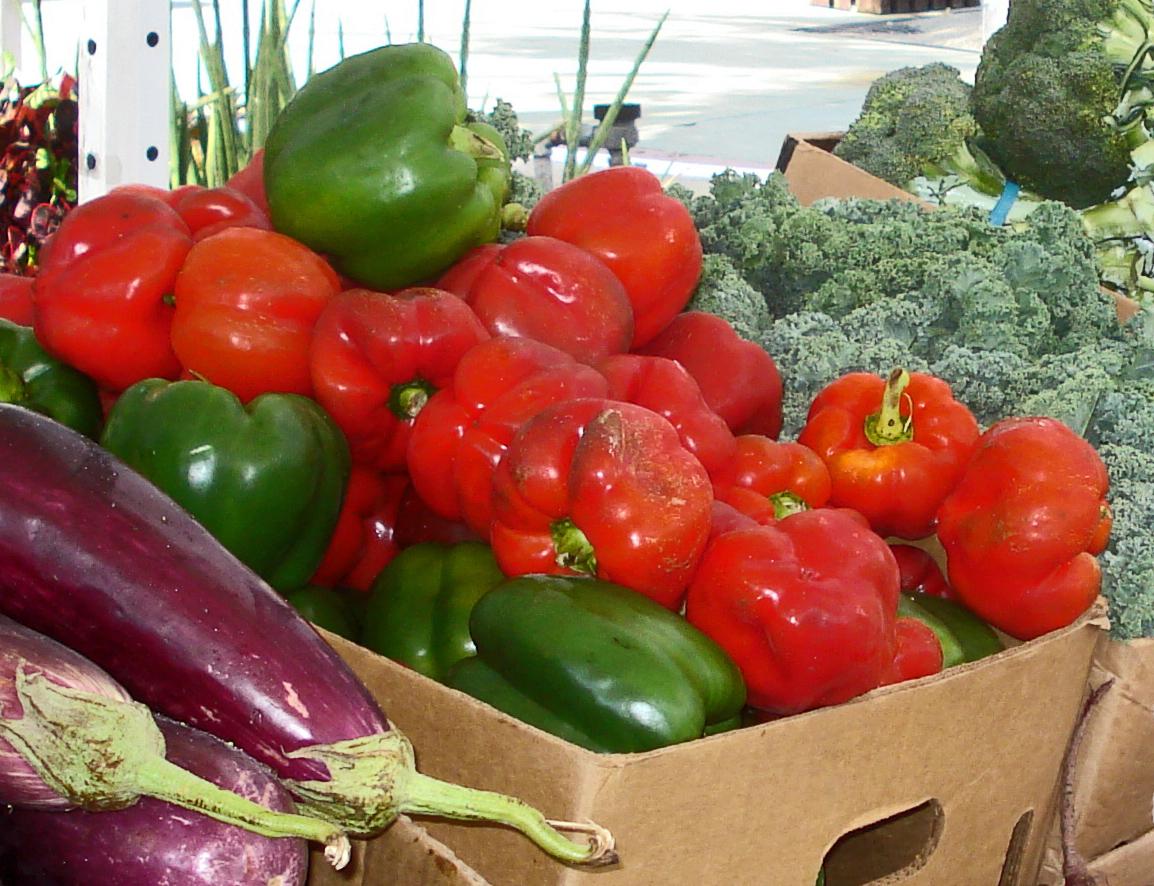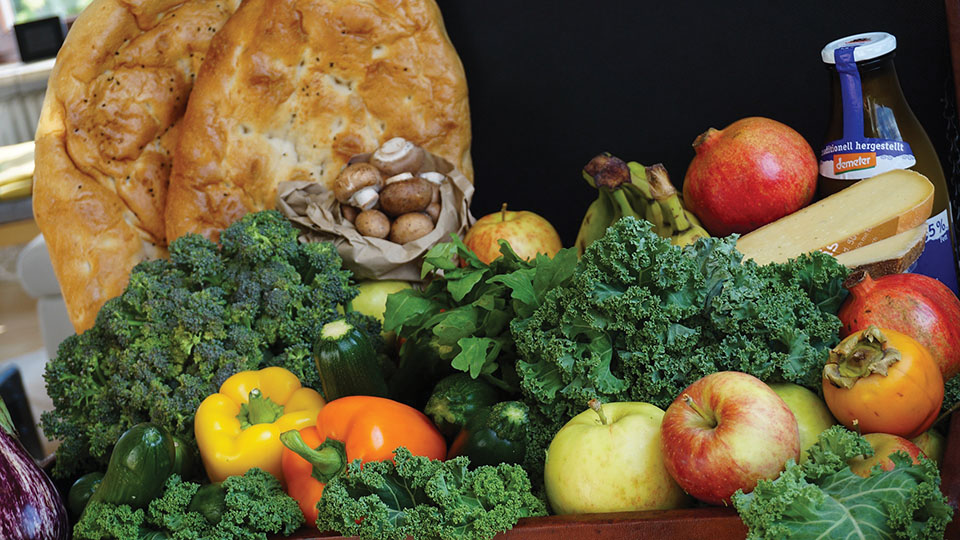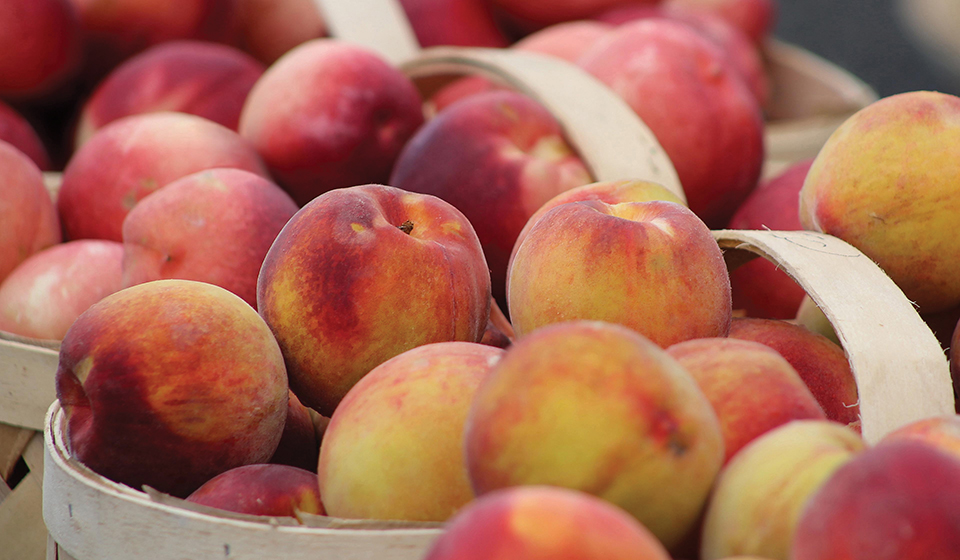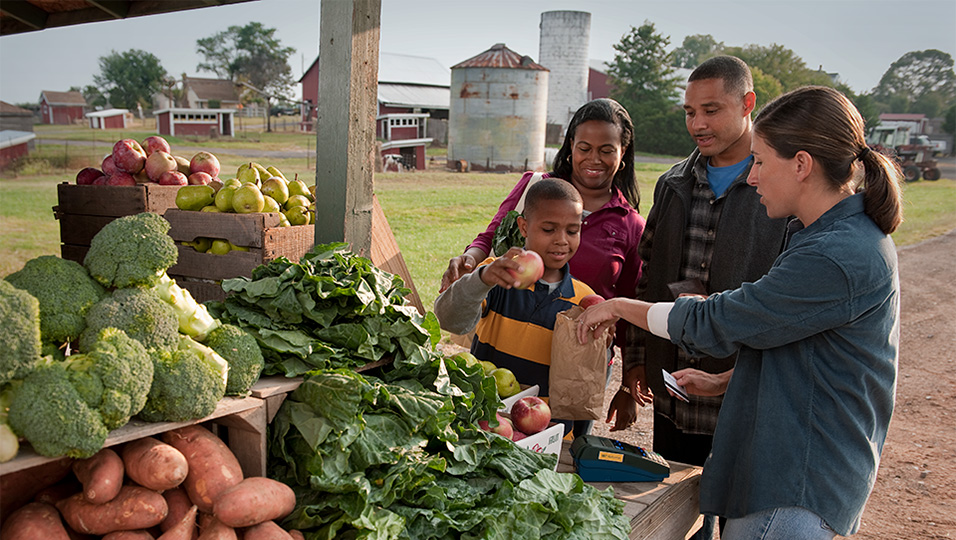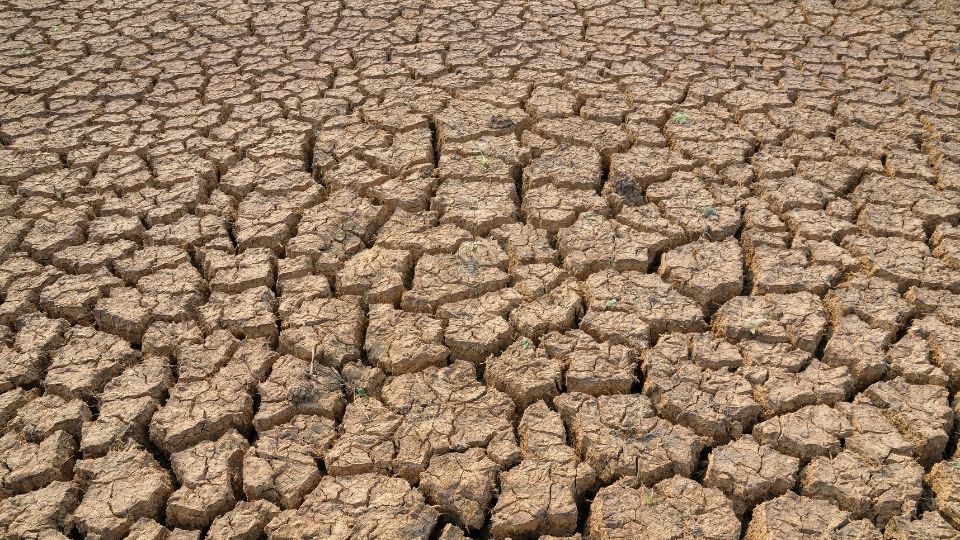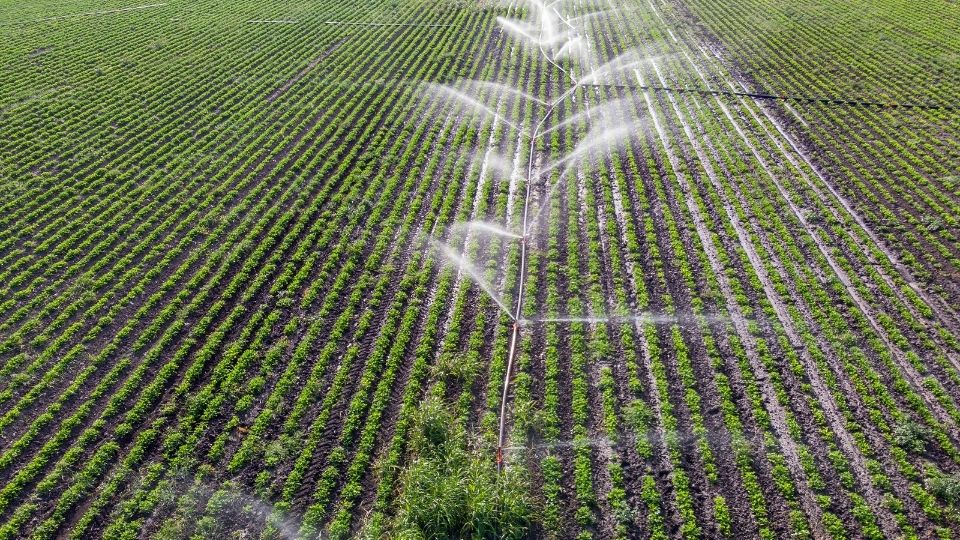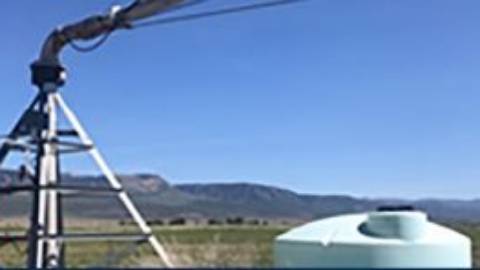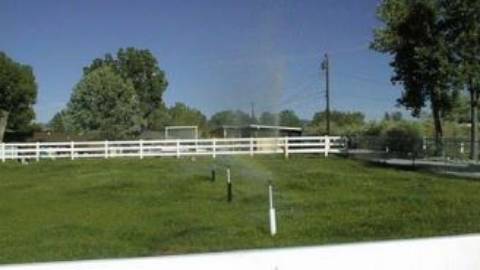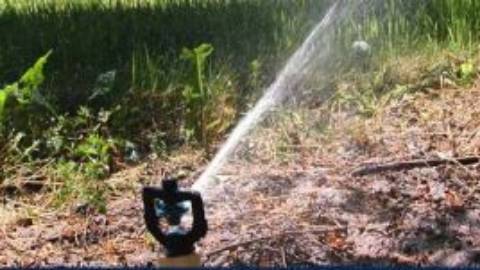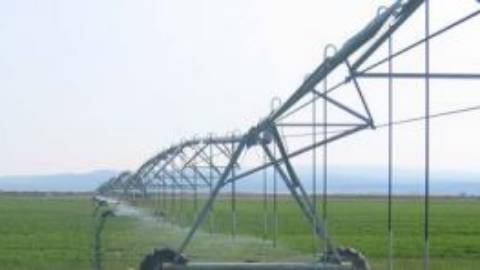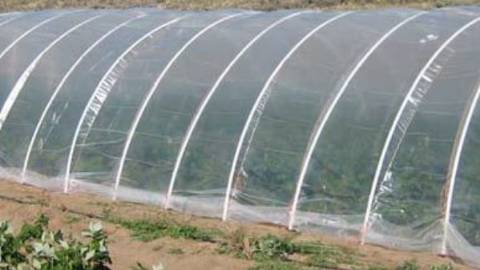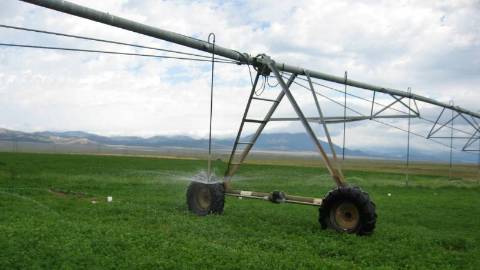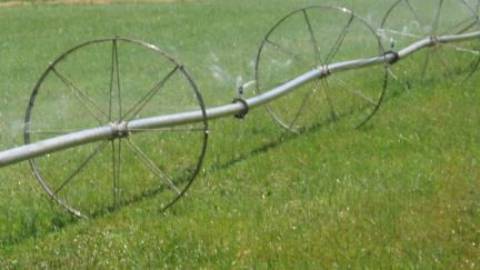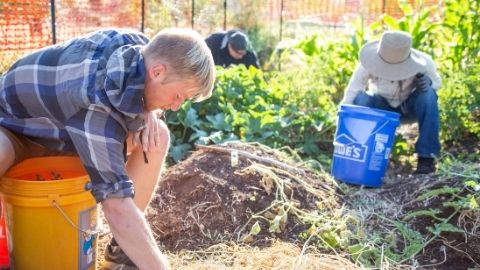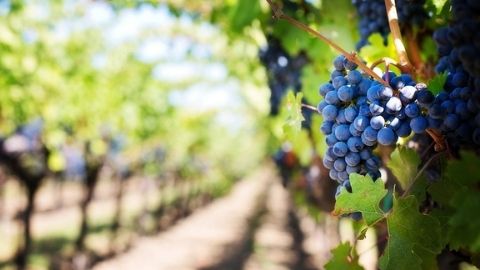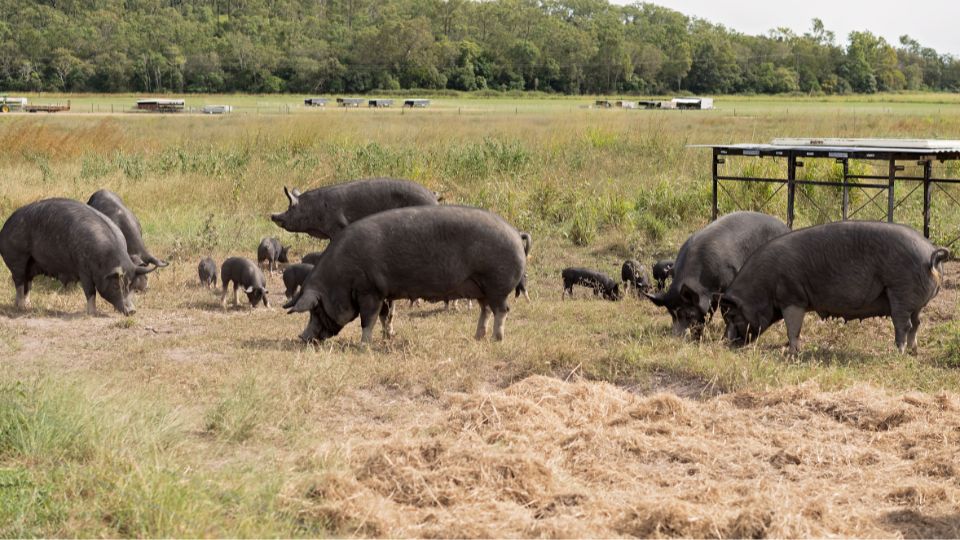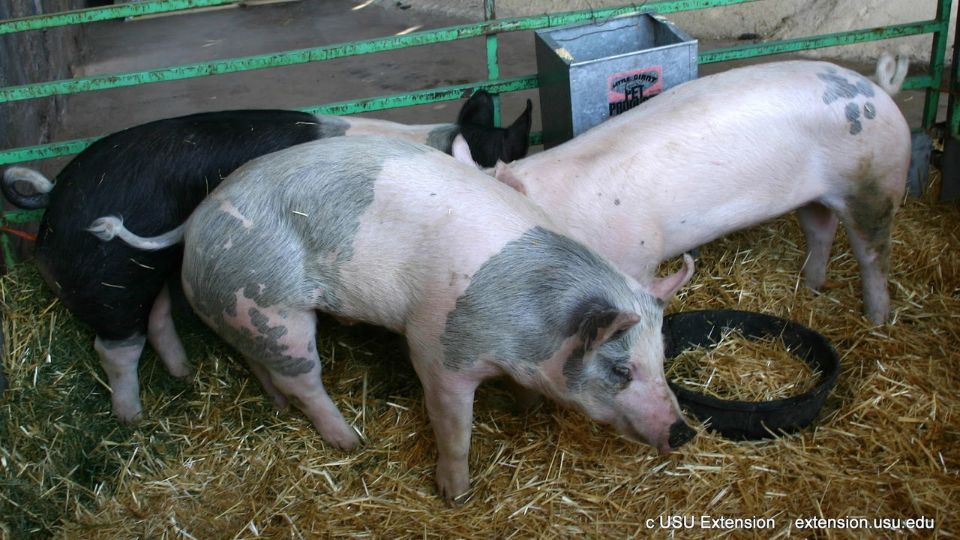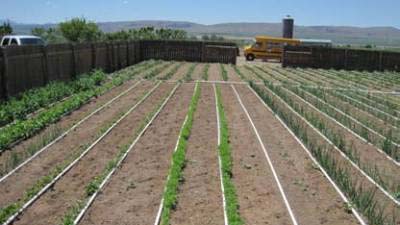How Much Feed and Forage You Need for Livestock

Introduction
In Utah, livestock are usually grazed from May through October and fed hay from November through April. By stockpiling pasture grasses (leaving a part of the pasture ungrazed from mid August to mid October), the grazing season can often be extended into December.
Grazing is measured in Animal Unit Months (AUM). One AUM is the amount of forage consumed by a 1000-pound animal in one month.
How much hay and forage your animals need:
| Hay (Tons/Month) | Grazing (Animal Units/Month) | |
| 1 Horse | .5 | 1.25 |
| 1 Cow | .4 | 1.2 |
| I Sheep | .1 | .2 |
| 1 Llama | .15 | .3 |
| 1 Goat | .1 | .2 |
The average forage production of pasture in one year:
| Fertile Soils Hay (tons/acre) Forage (AUMs/acre) |
Poor Soil Hay (tons/acre) Forage (AUMs/acre) |
|
| Irrigated | 4-6 6-10 | 2-4 3-6 |
| Non-irrigated | 1-2 1-2 | .5 .5 |
Forage and hay requirments to get your maxium production potential:
The following examples operation consits of three acres of fertile irrigated land. One acre is used for hay production and two acres to grazing. Livestock consits of two horses. The pasture has a six month growing season.
| Hay Requirement 2 Horses x .5 tons/month x 6 months = 6 tons hay |
Forage Requirement 2 horses x 1.25 AUMs/month x 6months = 15 AUMs |
| Hay Production 1 acre (fertile irriagted soil) x 5 ton/acre = 5 tons hay |
Forage Production 10 acres (fertile non-irrigated soil) x 1 AUM/acre = 10 AUMs |
In this example, two acres would produce enough forage to feed two horses for 6 months. However, there would not be enough forage (grazing) to meet your animals’ needs during the winter. Some hay would need to be purchased. To avoid overgrazing your pasture, you can do some of the following:
- Buy additional feed or rent pasture
- Increase pastue production
- Imporve grazing management
- Reduce number of animals
How many head of livestock per acre:
|
|
Fertile Soils Grazing |
Poor Soils Grazing |
||
|
Livestock Species |
Irrigated |
Non-irrigated |
Irrigated |
Non-Irrigated |
|
Number of cattle |
5 to 8 |
Possibly only 1 |
2 to 3 |
None/feed hay |
|
Number of sheep |
30 to 50 |
5 to 10 |
10 to 20 |
Possibly only 2 |
|
Number of goats |
30 to 50 |
5 to 10 |
10 to 20 |
Possibly only 2 |
|
Number of llamas |
20 to 33 |
3 to 6 |
10 to 20 |
Possibly only 1 |
|
Number of horses |
4 to 8 |
Possibly only 1 |
2 to 3 |
None/feed hay |
|
Number of pigs |
About 12 |
About 6 |
About 6 |
None/confined feeding only |
Source
For more information on forage needs, visit Small Pasture Management Guide
Related Research




